All products featured are independently chosen by us. However, SoundGuys may receive a commission on orders placed through its retail links. See our ethics statement.
Best Sony Headphones for 2024
October 29, 2024
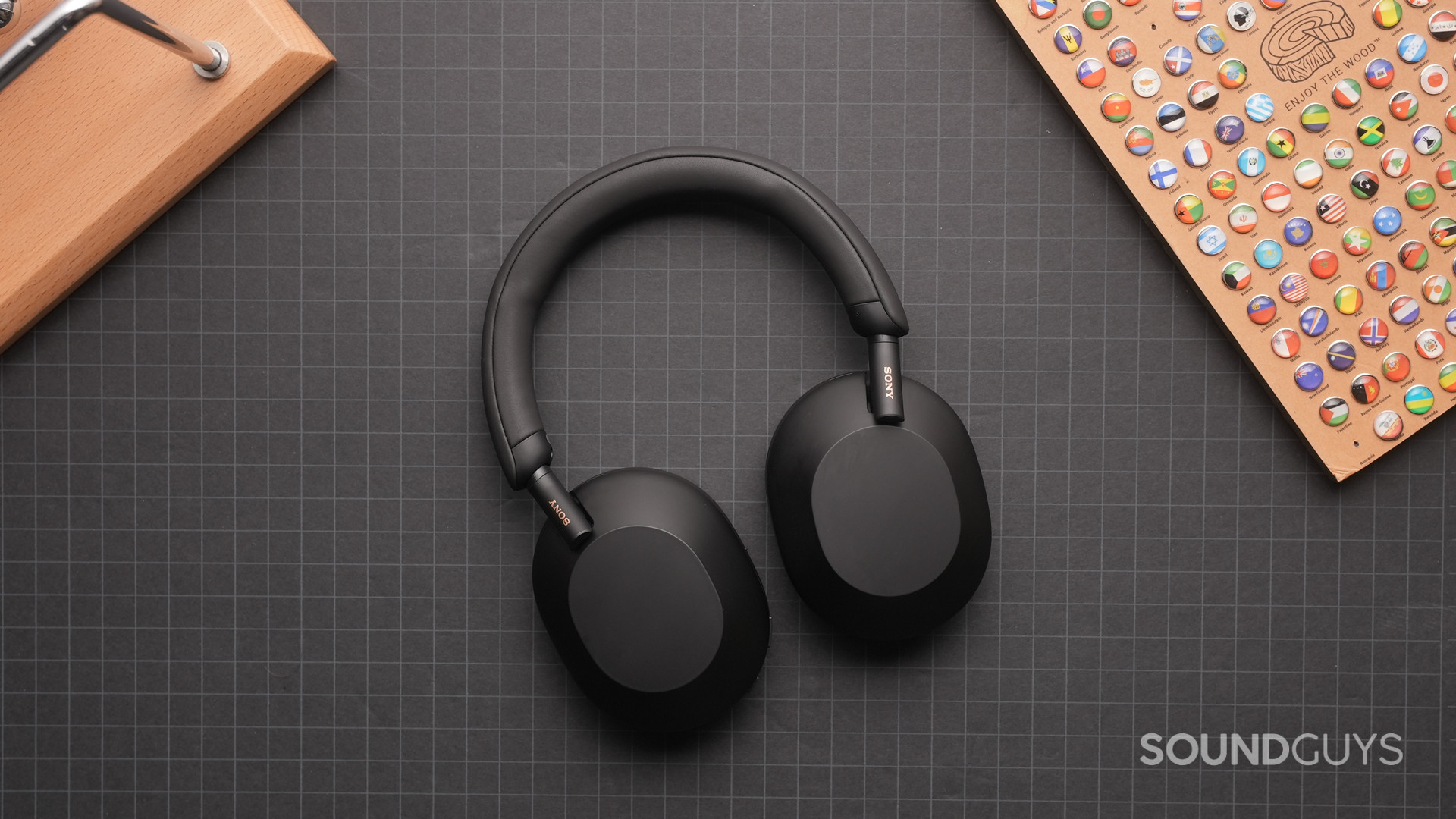
Overview of our picks
Best for most people
Best for critical listening
Best for bass
Best for musicians
Best value
Best ANC on a budget
Best earbuds
Best open earbuds
Best for gamers
Which Sony headphones should you buy?
Of all the headphones out there, few are more iconic than Sony headphones. A fixture of portable personal audio since the release of the Walkman in the late 20th century, Sony knows a thing or two about squeezing performance out of consumer products. Sony headphones have been around for decades and have been the choice of production professionals and consumers alike for a long time. We’ve spent a week or two with each of our top picks to help you find the best Sony headphones for you.
Read more: The best headphones of 2024
The Sony WH-1000XM5 are the best Sony headphones for most people

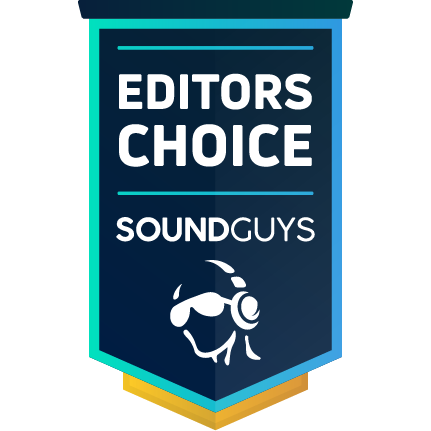
| SoundGuys Rating | 8.1 |
|---|---|
Pros | ANC performance Outstanding microphone App features, including custom EQ Bluetooth 5.2 with SBC, AAC, LDAC, and wired connectivity options Bluetooth multipoint Find My Device enabled |
Cons | Price No IP rating |
Battery Life | 31 hours, 53 minutes |
Bluetooth Multipoint | Yes |
Headphone type | Over-Ear Wireless Headphones |
Water-resistant | No |
Price | $$$$ |
Of course, Sony makes one of the consensus best picks in the ANC headphones category: the Sony WH-1000XM5. Like the WH-1000XM4, Sony’s newest flagship headset is pretty much the best option on the market and works well in just about any situation. The WH-1000XM5 is definitely on the pricey side at $399 USD (debuting at $50 more than the XM4 headphones), but many noise canceling headphones are considerably more expensive. It’s well worth the price, but you may want to grab something less expensive if you’re worried about making rent.
Objectively, this is one of the best pairs of headphones you can buy, period. The Sony WH-1000XM5 has some of the best noise canceling on the market and considerably better attenuation in the low and midrange relative to its predecessor. We also like how Sony re-tuned the WH-1000XM5 to have a less extreme treble output. The sound is still bound to please most consumers, but music of all genres should sound pretty good out of this headset with minimal equalizing. Of course, you can create a custom EQ through the Headphones Connect app if you want to tone down the bass output a bit.
In our tests, the battery lasted 31 hours 53 minutes with ANC on. You can fast-charge it via USB-C: three minutes provides 180 minutes of playback. Should you find yourself on a long flight and the battery dies, well, you can just use the 3.5mm cable for wired listening.
Loading chart ...
Like most consumer ANC headphones, the Sony WH-1000XM5 boosts bass probably a little too much, and definitely to the detriment of the midrange. On the other end of the frequency range is the highs — and those too are a little over-emphasized compared to our target curve. While it doesn’t look so bad on the chart, the under-emphasis in the mids means the swing in volume will make things like cymbal shimmer, hi-hats, and the attack on snares stand out in a mix.
Loading chart ...
In our tests, it offered a tangible benefit compared to previous iterations of the WH-1000X line. Canceling sounds in the range where most music is found by around 30dB, the headphones make engines, trains, and street noise drop off to about one-eighth their original perceived loudness.
For those working at home or taking calls on the go, the Sony WH-1000XM5 is a standout companion. The headset handles sub-optimal conditions like wind extremely well, and it’s hard to hear a difference between the two samples below.
Sony WH-1000XM5 microphone demo (Ideal):
Sony WH-1000XM5 microphone demo (Wind):
The MDR-MV1 are the best open-back headphones from Sony

| SoundGuys Rating | 6.4 |
|---|---|
Pros | Comfort Replaceable cable Folds flat Useful features for editing sound |
Cons | Extremely bassy Price Needs EQ for most uses |
Headphone type | Over-Ear Wired Headphones |
Water-resistant | No |
Price | $$$$ |
We don’t recommend the Sony MDR-MV1 for casual listening, but as open-back headphones, they are a top pick for content creators focusing on mixing and producing spatial audio content. These headphones feature a comfortable, lightweight design with replaceable cables and the ability to fold flat, enhancing their portability despite their substantial size. They connect via a 6.3mm TRS plug and are designed with durability in mind, although the proprietary cable may be difficult to replace.
With an extremely bass-heavy sound profile, the MDR-MV1 excels in immersiveness, making them suitable for detailed audio work in studio environments. Users will likely need to apply significant EQ adjustments to mitigate the pronounced highs and enhance overall clarity.
Overall, the Sony MDR-MV1 is recommended for serious producers who can handle—and, indeed, need—the deep bass and the detailed, immersive sound for their audio projects. If you’re a content creator looking to upgrade your studio headphones, the MDR-MV1 might be the right choice. Still, others may want to consider different models that cater more to casual listening experiences or offer a more balanced sound out of the box.
Loading chart ...
Though I’m a little more negative about the Sony MDR-MV1 when it comes to listening as a set of high-end headphones, there’s a lot to like — but it is an odd response. For example, the highs from 5kHz and up are highly pronounced. And where most open-backed headphones have a difficult time with bass, the Sony MDR-MV1 has too much, with a gradually ramping overemphasis from about 800Hz on down.
The Sony ULT WEAR are for heavy bass heads

| SoundGuys Rating | 8.2 |
|---|---|
Pros | Comfort 360 Reality Audio ANC Touch controls |
Cons | Frequency response is either very bassy, unnecessarily bassy, or ridiculously bassy No audio over USB |
Battery Life | 32 hours, 35 minutes |
Bluetooth Multipoint | Yes |
Headphone type | Over-Ear Wireless Headphones |
Water-resistant | No |
Price | $$ |
The Sony ULT WEAR headphones will primarily appeal to bass lovers for their intense low-end output. But these headphones are also well-suited for commuters who appreciate robust active noise cancelation (ANC) without breaking the bank.
The design includes large, soft ear pads housed in bland matte plastic with holographic accents aimed at providing comfort for those with larger ears. The headphones are easily portable, folding flat into a compact case, making them ideal for travel. Control is managed through intuitive touch controls and a set of physical buttons, including a “ULT” button that significantly boosts bass to an overwhelming level. Or, you can tone down the bass using the Sony Headphones Connect app.
With features like Sony’s 360 Reality Audio and excellent battery life that supports up to 32 hours of playback, the ULT WEAR is feature-rich. The ANC performs commendably well, making these headphones a solid choice for noisy environments, though they won’t compete with the highest-end models like the WH-1000XM5.
Loading chart ...
To a casual listener, the Sony ULT WEAR will sound bassy and a bit dull, lacking detail like guitar picking or snare attack. It’s a strange sound, but it was popular even ten years ago. Though you can address this to a limited degree with the app’s equalizer, there’s only so much you can do.
Loading chart ...
The Sony ULT WEAR do a decent job of noise attenuation. With a combination of active cancelation and isolation they consistently attenuate more than 25dB of noise at frequencies above 80Hz: nothing to sniff at.
The Sony MDR-7506 is still a great studio set

| SoundGuys Rating | 6.8 |
|---|---|
Pros | Good sound for mixing Solid cable Price Fixable |
Cons | Coiled cable is heavy Not comfortable with glasses |
Headphone type | Over-Ear Wired Headphones |
Water-resistant | No |
Price | $ |
Students, video producers, and the budget-conscious will find a trusted ally in the Sony MDR-7506. Built off the 35-year-old Sony MDR-V6 design, this pair of Sony headphones hasn’t changed much from the original formula (outside of a folding band, that is).
The MDR-7506 is found in studios worldwide for its fairly neutral sound and competitive price. While it lacks any official water-resistant rating, it’s extremely durable, and the vinyl ear pads are easy to clean at the end of a session. Several third-party vendors make replacement ear pads for MDR-7506, so you can keep this on your shelf for years and years. If you wear glasses, look into fabric or velour pads for the best results.
Because this pair of headphones is purpose-built for audio playback only, you won’t find noise canceling, a microphone, or voice assistant features. For those, you’ll have to open up the wallet a little bit to get one of the Sony headphones that do.
The Sony WH-CH520 is the best bang for your buck

| SoundGuys Rating | 6.6 |
|---|---|
Pros | Decent tuning Fast Pair Lightweight |
Cons | Price Difficult seal Buttons |
Battery Life | 55 hours, 25 minutes |
Bluetooth Multipoint | Yes |
Headphone type | Over-Ear Wireless Headphones |
Water-resistant | No |
Price | $ |
The Sony WH-CH520 is a no-frills, entry-level set of wireless headphones that deliver reliability and comfort. With a lightweight plastic design and soft ear pads, these headphones offer decent sound quality and an impressive battery life—lasting over 55 hours on a single charge. They lack advanced features like ANC or high-bitrate codecs, but they do support Fast Pair and Multipoint, allowing for a hassle-free connection to multiple devices.
Where these headphones shine is their utilitarian approach. They are straightforward to use, with physical buttons instead of touch controls, and their on-ear design does a reasonable job of sealing out high-frequency noise. Although not aimed at audiophiles, they offer the essential functionalities that most users seek, such as long battery life and straightforward controls.
The Sony Headphones Connect app provides basic EQ adjustments, but it does ask for several permissions in exchange. Overall, if you’re in the market for an affordable, reliable pair of wireless headphones and aren’t chasing high-end features, the Sony WH-CH520 makes a solid choice.
Loading chart ...
If you were looking at the Sony WH-CH520 to handle phone calls, it’s capable enough. Below are standardized samples collected in simulated conditions so you can hear for yourself how they perform in these common scenarios.
Sony WH-CH520 microphone demo (Ideal conditions):
Sony WH-CH520 microphone demo (Office conditions):
Sony WH-CH520 microphone demo (Windy conditions):
Need good noise canceling on a budget? Get the Sony WH-CH720N

| SoundGuys Rating | 7.4 |
|---|---|
Pros | Good clamp force Battery life Lightweight Controls work well EQ |
Cons | Plasticky Somewhat wonky frequency response Warms up |
Battery Life | 40 hours, 11 minutes |
Bluetooth Multipoint | Yes |
Headphone type | Over-Ear Wireless Headphones |
Water-resistant | No |
Price | $$ |
The Sony WH-CH720N represents one of Sony’s latest attempts to get some of its ANC and sound quality pedigree into a more affordable headset, and for the most part, it succeeds.
Clocking in at an impressive 40 hours of battery life with active noise canceling (ANC) on, these cans prove to be a long-lasting companion for your auditory needs. They offer both wired and Bluetooth options, and the noise canceling is respectable, peaking at 28dB of attenuation for low-frequency rumblings. Don’t expect the luxe feel of Sony’s flagship WH-1000XM5, but they still deliver where it counts.
Functionality and usability are straightforward, thanks to the ear cup-mounted buttons. The Sony Headphones Connect app extends the headphones’ capabilities, offering an equalizer, listening modes, and even ear analysis for optimized Sony 360 Reality Audio. They also support multiple codecs, including LDAC and AAC.
Loading chart ...
Sound quality tends to lean on the bass-heavy side, but this can be fine-tuned through the app’s equalizer. The highs and mids perform adequately, contributing to an overall audio experience that satisfies basic needs.
Loading chart ...
The mic performance of the Sony WH-CH720N is quite good for an embedded mic. You can hear the speaker’s voice perfectly well in an office, with some background noise attenuation. With the introduction of wind, the WH-CH720N filters out wind noise particularly well, and speech remains intelligible.
Sony WH-CH720N microphone demo (Ideal conditions):
Sony WH-CH720N microphone demo (Office conditions):
Sony WH-CH720N microphone demo (Windy conditions):
Listen anywhere with the Sony WF-1000XM5 wireless noise canceling earbuds


| SoundGuys Rating | 8.3 |
|---|---|
Pros | Excellent ANC and Isolation Comfortable SBC, AAC, and LDAC support Great app support Great battery life |
Cons | Price Default sound too bassy |
Battery Life | 9 hours, 32 minutes |
Bluetooth Multipoint | Yes |
Headphone type | Wireless Earbuds |
Water-resistant | IPX4 |
Price | $$$ |
As far as true wireless options go, the Sony WF-1000XM5 (notice a pattern here?) offers probably the best experience you’re going to get with true wireless earphones. By paying attention to both the big and little things that make a good set of true wireless earphones, this is among the best in its category.
The WF-1000XM5 improves sound quality, active noise cancelation, and battery life over the previous model, owing to its new V2 chip and Bluetooth 5.3 hardware under the hood. The earbuds are much smaller than their predecessors and also come with more varied ear tip sizes to meet a wider range of ear canal sizes.
You also get a host of software features like Sony 360 Reality Audio, Speak to Chat, a custom EQ, and more through the Sony Headphones Connect app (iOS and Android). You’ll want to take advantage of that in-app equalizer, but the stock sound is pretty decent on its own.
Should you get the Sony LinkBuds Open?

| SoundGuys Rating | 6.5 |
|---|---|
Pros | Stabilizer fin Fit LE Audio Wide area tap |
Cons | Price Open design means sound quality tradeoffs |
Battery Life | 9 hours, 30 minutes |
Bluetooth Multipoint | Yes |
Headphone type | Wireless Open Earbuds |
Water-resistant | IPX4 |
Price | $$ |
The Sony LinkBuds Open offer an open-ear design that allows ambient sounds to pass through, making it ideal for users who need situational awareness, like during commuting or exercise. Although they lack active noise canceling and our testing shows they deliver modest sound quality, the LinkBuds provide a secure fit via a flexible ear fin. They also support Sony’s Sound Connect app for customization, including Sony 360 Reality Audio. While not suited for loud environments, these earbuds excel in settings where hearing your surroundings is essential.
Sony INZONE H5

| SoundGuys Rating | 6.9 |
|---|---|
Pros | Comfort Low latency |
Cons | No MacOS support No mobile app No Bluetooth support No audio over wired USB |
Battery Life | 33 hours, 23 minutes |
Bluetooth Multipoint | No |
Headphone type | Wireless Gaming Headset |
Water-resistant | No |
Price | $$ |
At $149, I find the Sony INZONE H5 sits nicely in the middle of Sony’s INZONE lineup, offering a balance between affordability and functionality for PS5 and PC gamers. While testing the INZONE H5, I appreciated its lightweight build and soft ear pads, which made it comfortable for long gaming sessions, even though it lacks any dust or water resistance. The headset connects wirelessly through a USB-A dongle, keeping latency low for seamless gameplay, though it doesn’t support Bluetooth, so you’re limited to specific setups. You can also access customization options through the INZONE Hub, but only on Windows, allowing adjustments to sound profiles and spatial audio.
During testing, I found the INZONE H5’s sound profile to be bass-heavy, which adds impact in games, though it lacks the full immersion of wider soundscapes found in some open-back designs. Battery life impressed me, clocking over 33 hours on a charge—exceeding Sony’s claims—plus a quick 10-minute charge provides about three hours of playtime, which is convenient for quick top-ups. While the controls are basic, they’re intuitive for gaming, with a volume dial and chat/game audio mix rocker, though I did miss dedicated media controls when switching to music. For those seeking Bluetooth connectivity, the INZONE H7 offers that extra versatility, but for low-latency gaming at a reasonable price, the INZONE H5 delivers a solid experience.
The best Sony headphones: Notable mentions
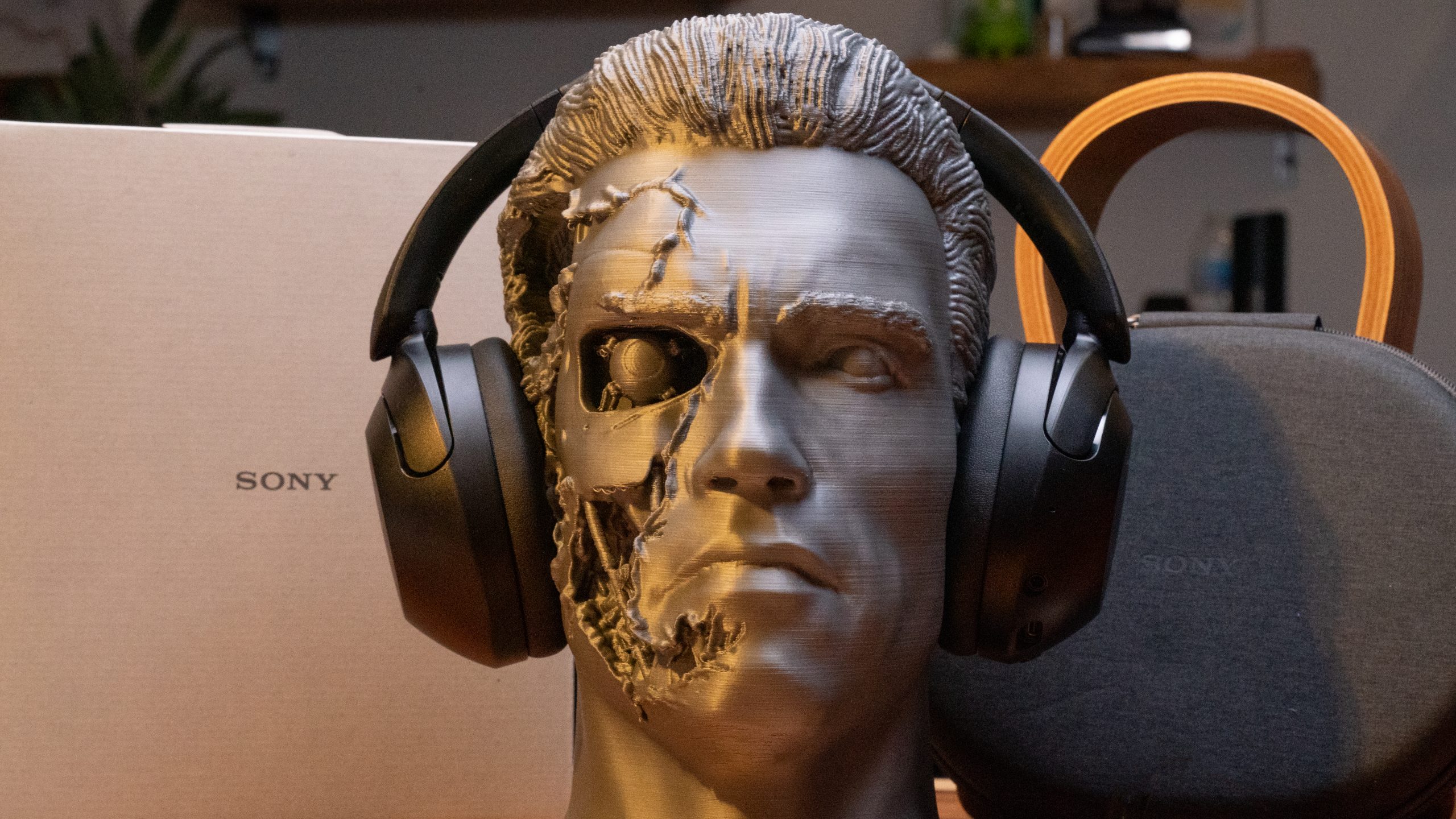
- Sony WH-1000XM4 ($278 at Amazon): These headphones have been surpassed by the new WH-1000XM5, but the combination of high-quality codecs, great sound, noise canceling, good battery life, and smart features like auto pause and Bluetooth multipoint makes these still one of the best all-around option for most people.
- Sony WH-CH710N ($748 at Amazon): The WH-CH710N is a lightweight, portable set of headphones with a fine microphone for those who frequently telecommute to work, and can be found for a lower price nowadays.
- Sony WH-XB910N ($148 at Amazon): This headset is a mixed bag, but if you’re a real bass head who wants good noise canceling, this headset offers one of the best value options.
- Sony WF-1000XM4: ($278 at Amazon): While these have been superseded by the new WF-1000XM5 earbuds, these true wireless earbuds can now be found for cheaper and remain one of the best ANC options on the market.
- Sony WH-XB900N ($157.97 at Amazon): For the individual who demands emphasized bass, noise cancelation, and high-quality Bluetooth codecs (aptX HD and LDAC).
- Sony INZONE H9 ($279.99 at Best Buy): Though new to the gaming scene, Sony debuted its line of INZONE headsets last year to compete with established headset companies. This one is the top-of-the-line and the best Sony has on offer.
How to choose the right Sony headphones for you
There are so many pairs of Sony headphones available. Still, on a grand scale, they typically perform like any other headset from another brand like JBL, Sennheiser, or even Audio-Technica. Let’s dive into useful terminology so you can make a more informed buying decision.
What is frequency response?
A headset’s frequency response is a quick way to understand what tones it can reproduce. You’ll often see a frequency response of 20Hz-20kHz because that accounts for the lower and upper limits of human hearing. Some headsets’ frequency responses exceed this in either direction, but that’s not really necessary, at least not for the vast majority of people.
Loading chart ...
Most Sony headphones on this list are made for general consumers, so you’ll see that the charts included in our galleries account for that with a label in the upper-left corner. Generally speaking, a consumer-friendly response will amplify bass and treble notes, so they sound louder than mids, but not so much so that it becomes difficult to hear midrange frequencies.
We use a Bruel & Kjaer 5128 head and torso simulator (HATS) to record a headset’s frequency response. We then use that data to form an accessible chart that compares the headset’s frequency response (cyan) to the SoundGuys house curve (pink), which is either set for consumers of studio use. You can learn more about how we came to our house curves here, and if you really want to dive deep, please read on about how we test products.
What’s the difference between headphone isolation and noise canceling?

Isolation refers to when a headset passively blocks out noise by creating a barrier between your eardrums and the environment. This differs from active noise canceling (ANC), which requires power to actively combat external sounds. To get good ANC performance, it’s important to first establish good isolation.
To get optimal isolation from a headset, you need to get a good fit. With in-ears, this means you should test the supplied ear tips and use the ear tip fit test (if there’s a companion app that supports this). You can learn more about what a good fit with in-ears is like in our guide. To get good isolation with over-ear headphones, you need to ensure the ear pads encompass your ears completely and don’t form any gaps around your skull or jaw area. Sometimes, to get the best fit, you need to get different kinds of ear pads because the material matters.
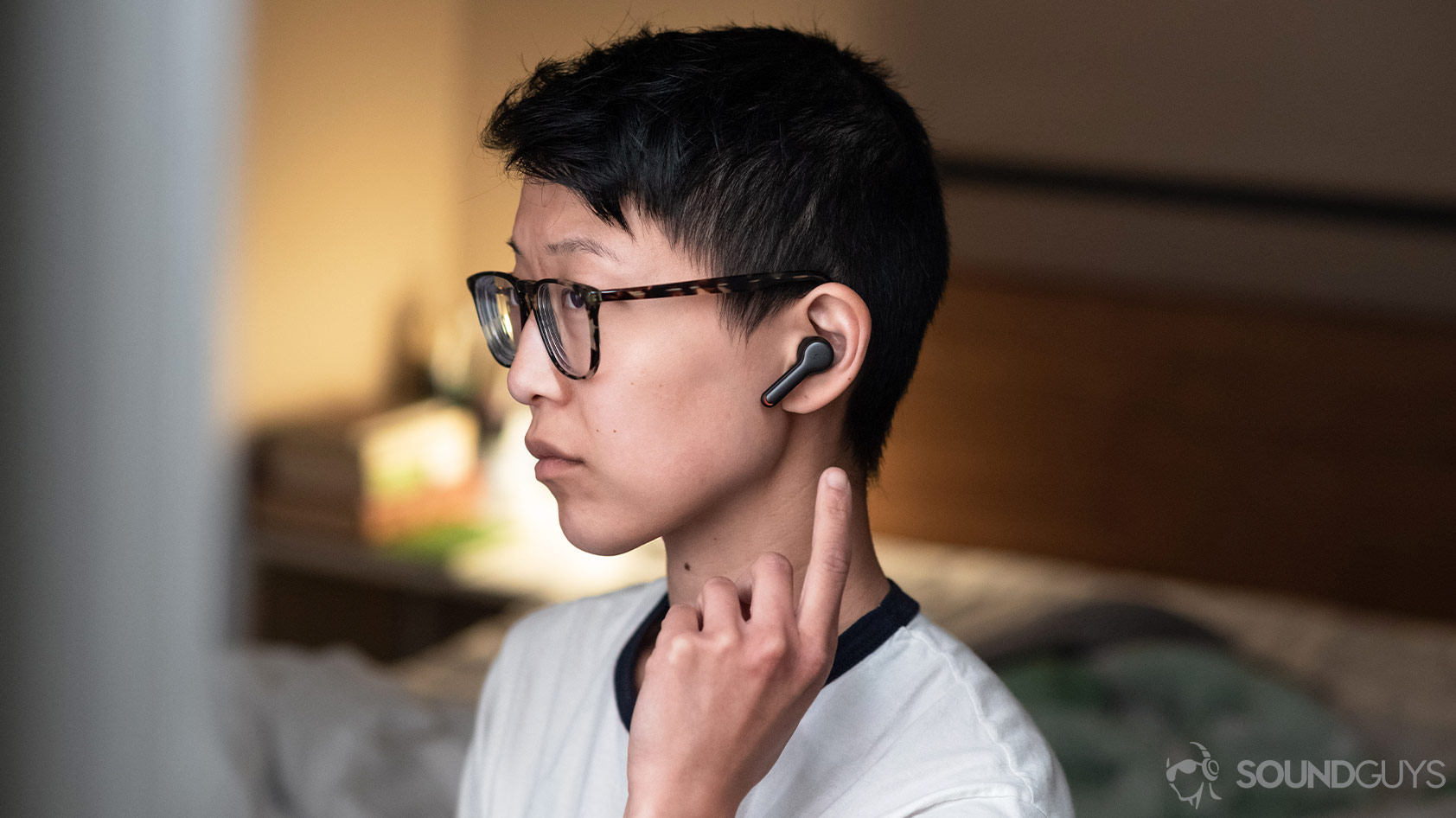
Isolation is important because it prevents a phenomenon called auditory masking, which is when a loud sound makes it difficult to perceive a relatively quiet one. This happens all the time. A common example is when you’re listening to music on the train platform, and the train pulls in. You may notice it’s hard to hear your music while it parks on the platform, but you didn’t turn the volume down. To oversimplify it, your brain only has so much bandwidth to perceive auditory stimuli, so it processes what could be the more threatening sound (louder) over the less threatening one (quieter).
Active noise canceling, on the other hand, requires outward-facing microphones (and sometimes inward-facing ones) to record your environment. The microphones then create a slightly out-of-phase wavelength and cancel out the original sound waves. Ideally, this yields a completely quiet sound, but ANC is imperfect, so you’re never literally mute your environment.
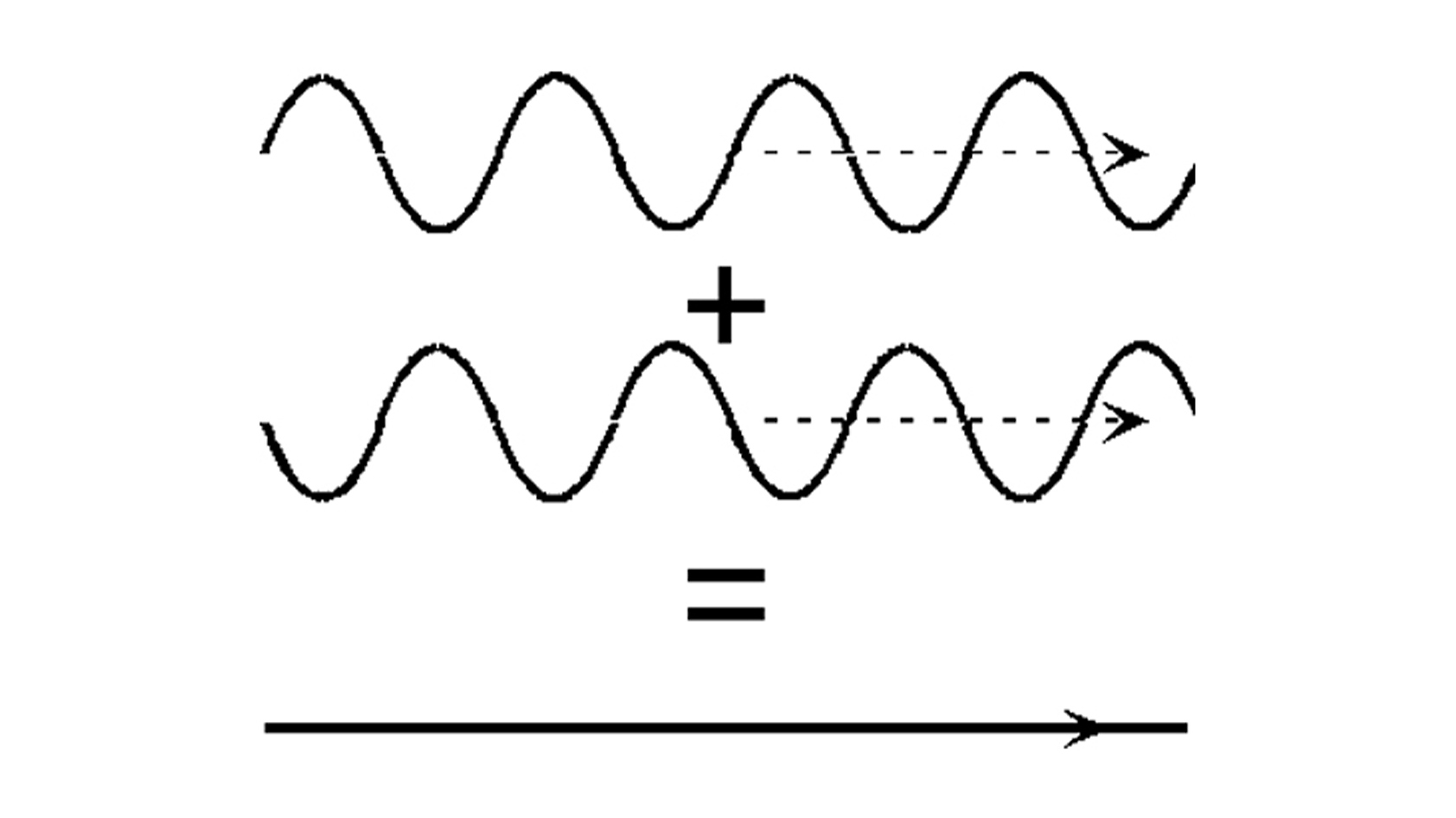
Both ANC and effective isolation are also important from an auditory health perspective. When you block out background noise, you’re less likely to increase the volume to unsafe levels, which prevents your chances of experiencing noise-induced hearing loss (NIHL).
Are Sony headphones worth buying?
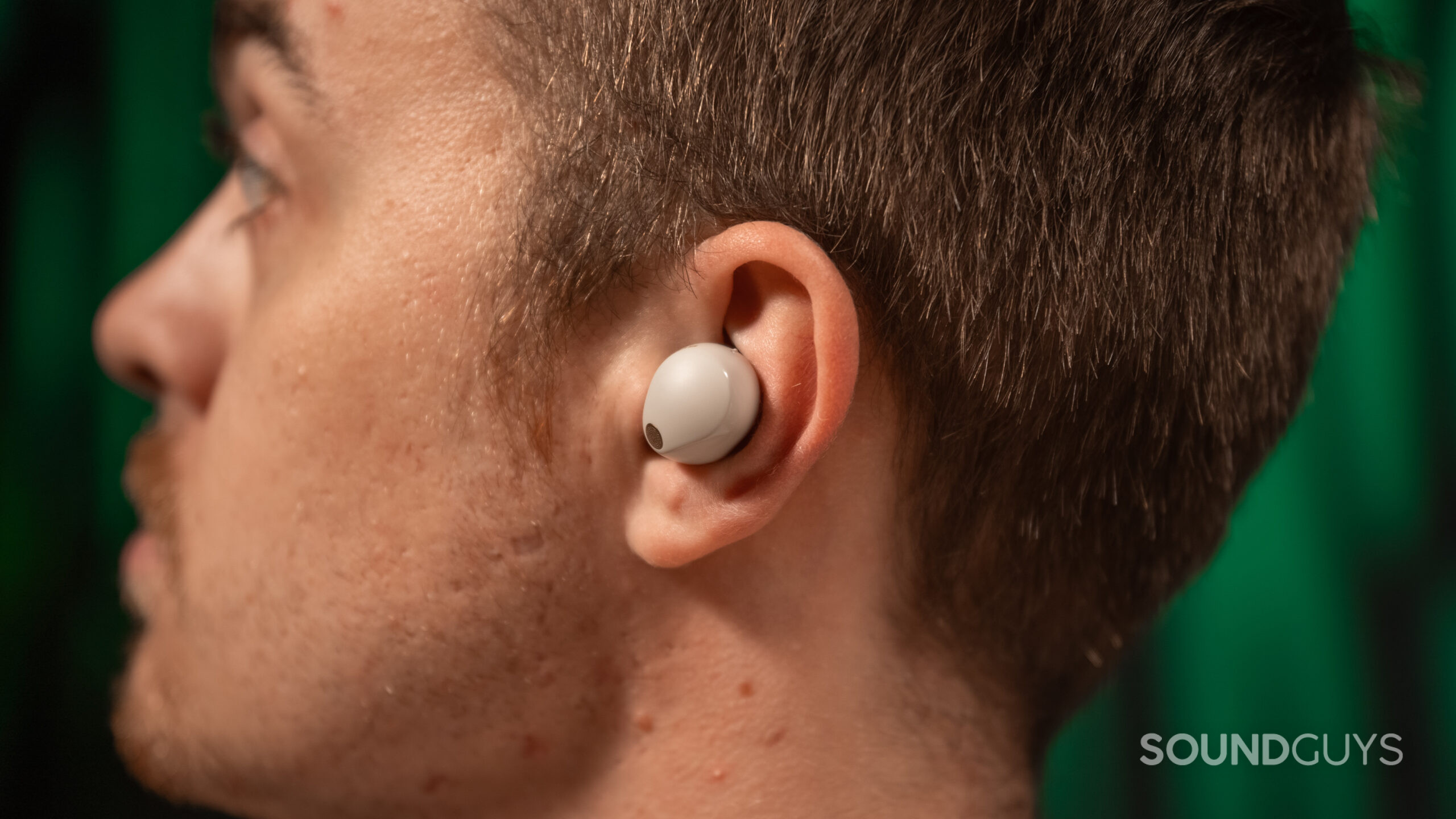
One of the biggest perks about buying a set of headphones from a bigger manufacturer is that it can afford to earn your dollar through support, continually updated software features, and a long product life. That’s true of just about all of the new Sony headphones. Additionally, Sony headphones enjoy a two-year limited manufacturer’s warranty in the US, which covers manufacturing defects in materials or workmanship. While it’s not going to get you a brand new headset if you dunk yours in water, it will have your back if it turns out there’s an issue you couldn’t have foreseen.
Sony is one of the more trusted brands of personal audio equipment, as it’s been at the forefront of many portable and home-centered audio tech advancements since the late 20th century. Some of its accomplishments include the Walkman 360 Reality Audio, and it’s been the second-largest music production company for decades. Sony knows audio.
You’ll probably find that because Sony deals in huge volumes, there’s no shortage of complaints online about some issues. Headphones — like any other sector of tech products — are not immune to fanboying, easily antagonized customers or weird manufacturing issues. We encourage you to read around a bit and get as much information as you can before settling on buying anything (Sony headphones or otherwise).
How we choose the best Sony headphones
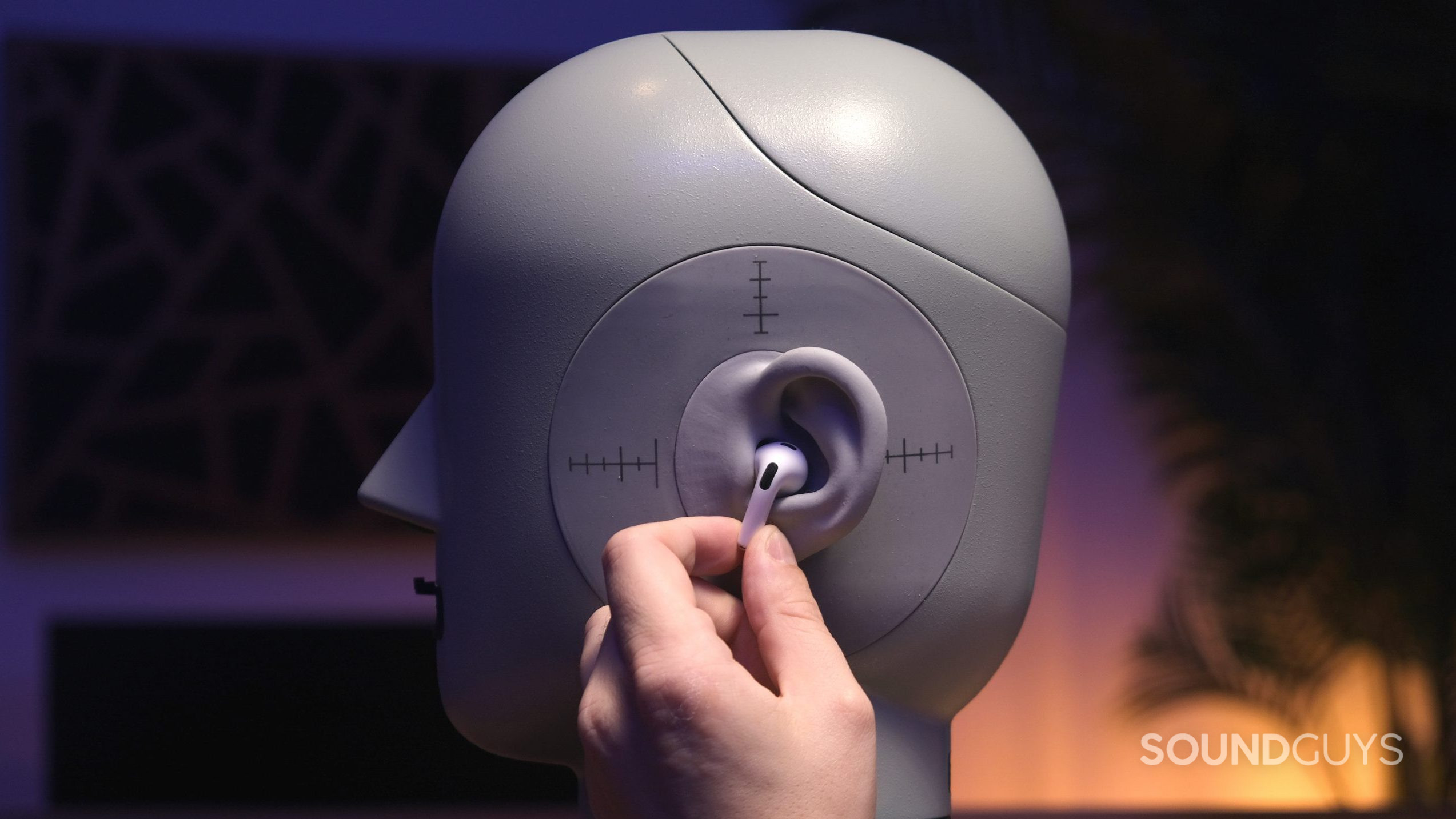
It’s important to us that we relay as much useful information to our readers as possible. That means we present you with objective measurements from our Bruel & Kjaer 5128 head and torso simulator (HATS) that cover things like frequency response, isolation, crosstalk (when applicable), and more. But we don’t just acknowledge charts and numbers around here. It’s also important that we give you an idea of what it’s actually like to use a product day in and day out. That’s where the subjective part of our reviews comes into play. We make sure to address everything from the fit to the app experience and beyond. We’re then sure to score each product consistently to give you a good idea of how one product might compare to the next.
At the end of the day, our team discusses and votes on what products should (and shouldn’t) be awarded here. But we continue the work after we hit “publish” and keep our eyes peeled for noteworthy products as they launch. You may notice that product recommendations change over time or that sometimes we replace our top picks — we try to make sure that this page and others like it stay up-to-date and accurate. We don’t want anyone to come to SoundGuys and see outdated information.
Why you should trust SoundGuys
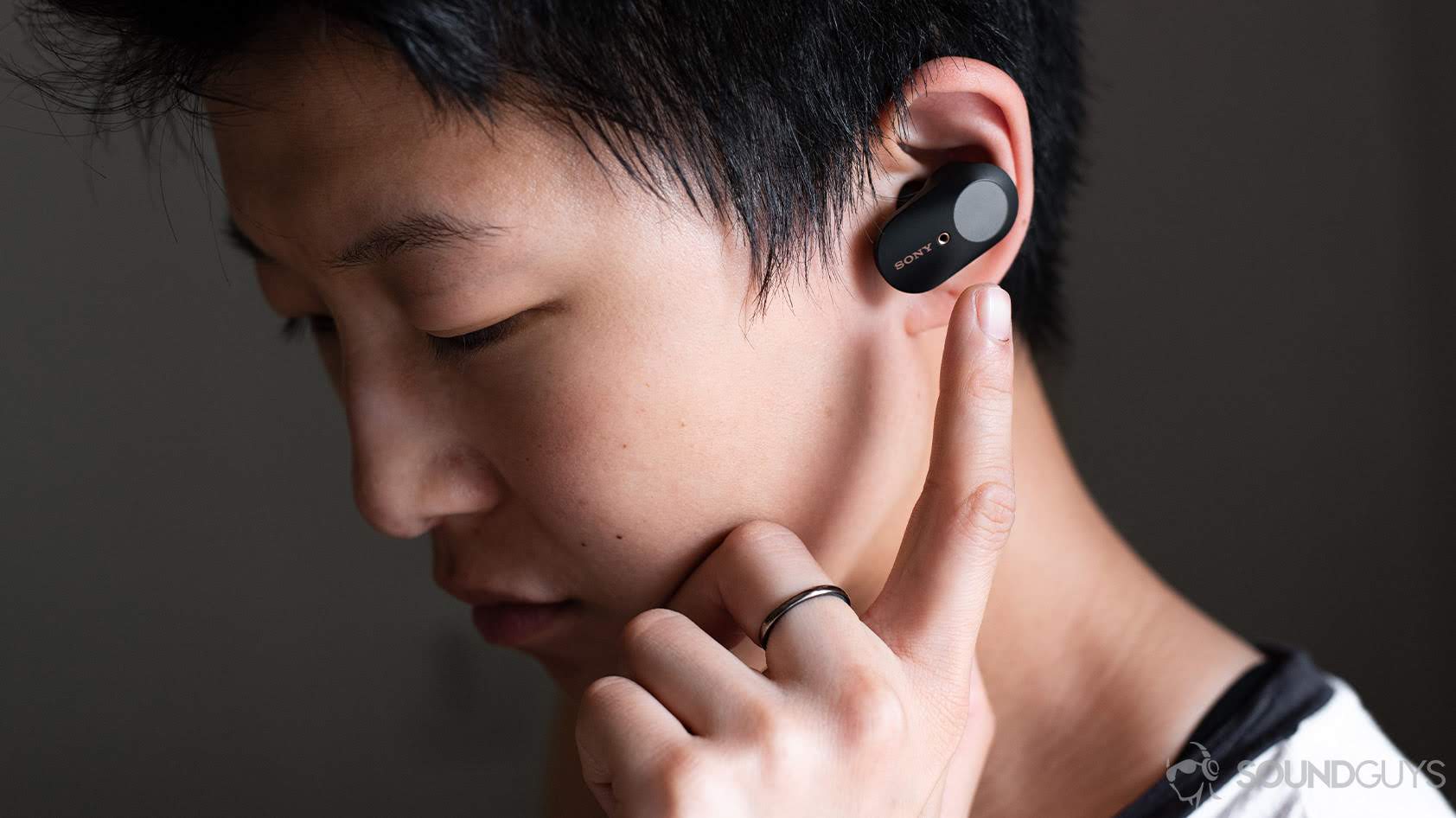
Not only is SoundGuys all of our day jobs, but each and every full-time writer here has had several years of experience covering the personal audio market. We also go out of our way to prove what we say rather than ask you to take our word for it: for example, we provide standardized microphone samples to compare products with. Our income depends heavily on people being happy with the products they buy after researching them.
Frequently asked questions about the best Sony headphones
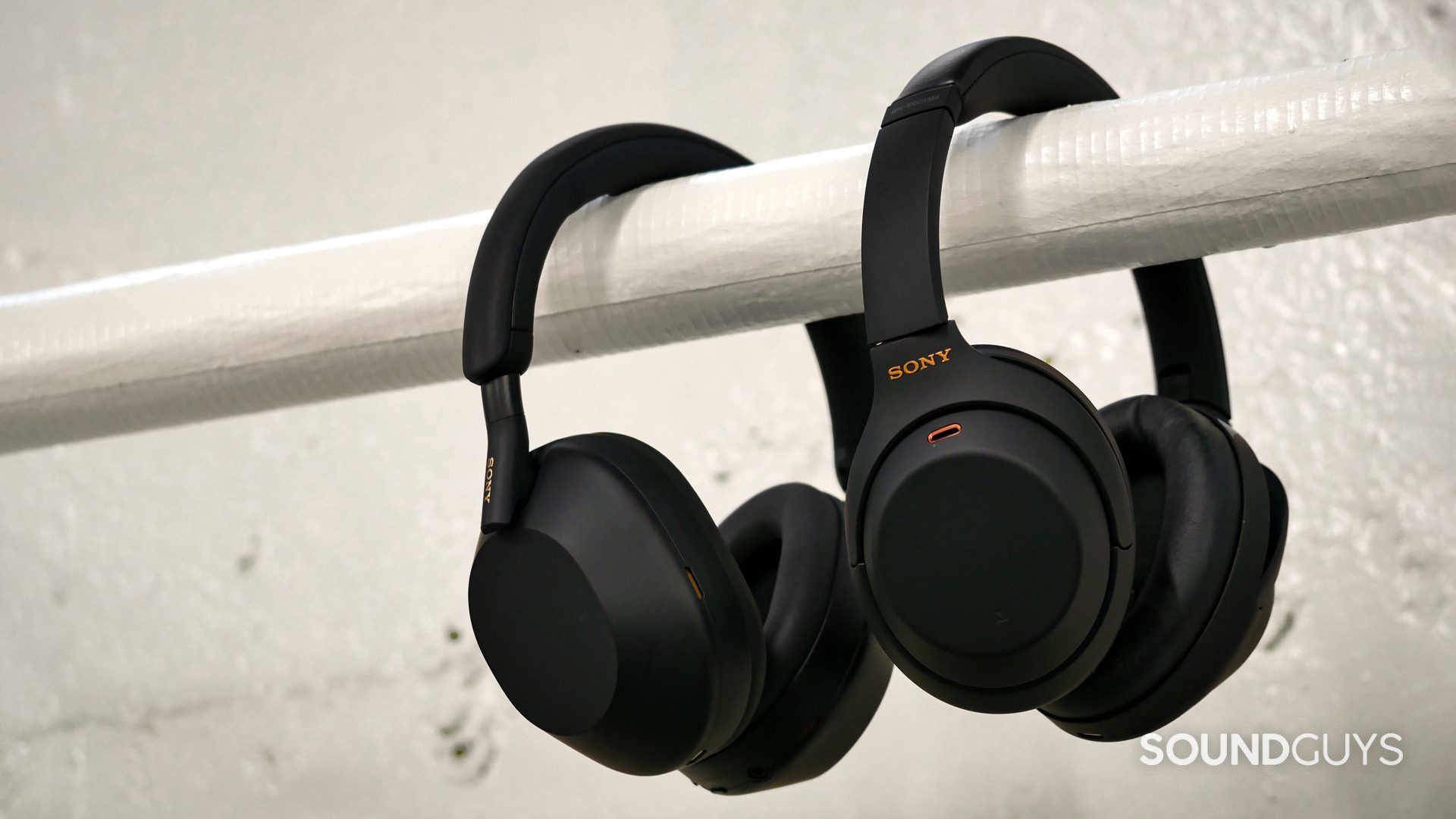
Although the Sony WH-1000XM5 and WH-1000XM4 have a lot in common, like speak-to-chat, an in-app EQ, the option to prioritize sound quality over connection stability (and vice versa), and more, the headsets appear fairly different. Unlike the WH-1000XM4 and WH-1000XM3 before it, the fifth-generation WH-1000X headphones feature a clean design that more closely mimics the Bose Noise Canceling Headphones 700.
With this next generation of WH-1000X headphones, Sony improves the sound quality and active noise canceling. The WH-1000XM5 outperforms the previous model regarding sub-bass attenuation and passive isolation above 2kHz. The XM4 ANC is still some of the best around, but the XM5 is just that much better. If you can find the WH-1000XM4, however, we do recommend it for those on tighter budgets: around the holidays and certain regional sale times, you may even be able to find it below $300 USD.
You can learn more about this headset in our Sony WH-1000XM4 video review.
The Sony LinkBuds WF-L900 is a quirky set of earphones, but it has a few foibles that prevent it from making it to “best.” Namely, these buds don’t isolate at all and don’t deliver much bass, either. But if you need something like the in-ear equivalent of open-back headphones, they suit that niche.
The Sony WH-1000XM4 and the AirPods Max reach close to neck-and-neck when it comes to ANC. Both of these headphones deliver great noise canceling, so you’ll have to consider other factors — for instance, whether you are already in the Apple ecosystem — when making your choice. If you already have an iPhone and feel like you can spend a pretty penny on the AirPods Max, they’ll likely work great for you. Meanwhile, Android users will be very happy with the Sony WH-1000XM4.
No. The Sony WF-C500 does not have ANC, but it does have decent isolation, which helps.
The Sony WH-1000XM5 do not have an ingress protection rating, meaning it isn’t certified to block out sweat. However, that doesn’t mean it will break with a workout — just that it doesn’t have an official sweat protection rating.
Editors note: This list was updated on October 29, 2024, to update formatting, and add the Sony INZONE H5 as a gaming pick, and the Sony LinkBuds Open as an open earbud pick.